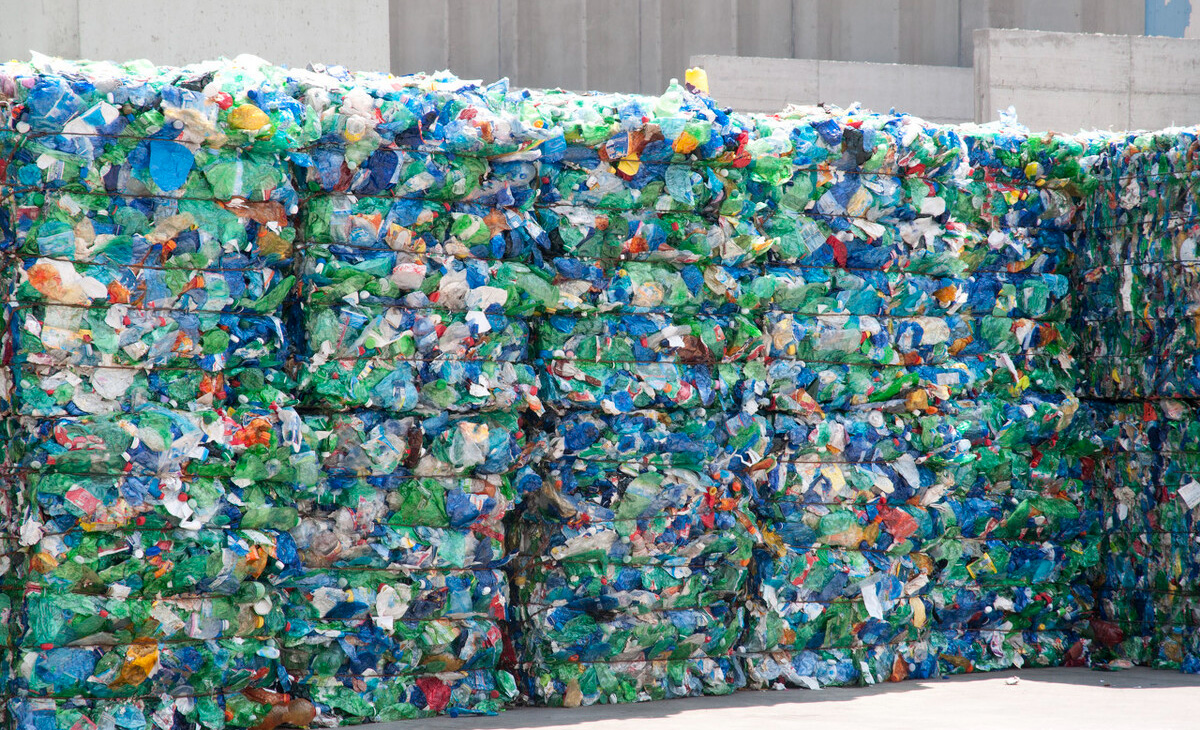Plastic Recycling: How Does The System Work?

Plastic recycling is the process of converting plastic materials into new products. The aim of this process is to reduce environmental pollution caused by plastic waste through reuse and conservation of natural resources. The term "plastic" covers a wide range of synthetic materials, which have different properties and characteristics. Therefore, different methods are used for plastic recycling depending on the type of plastic.
The plastic recycling process involves three major stages: collection and sorting, cleaning and shredding, and finally, the melting and remolding stage.
Collection and Sorting
The first stage is the collection and sorting of plastic waste. This stage involves the identification and separation of different types of plastics. There are seven different types of plastics, coded according to their resin identification number: Polyethylene Terephthalate (PET), High-Density Polyethylene (HDPE), Polyvinyl Chloride (PVC), Low-Density Polyethylene (LDPE), Polypropylene (PP), Polystyrene (PS),and Others. PET and HDPE are the most commonly recycled plastics.
After collection, the plastic waste is then sorted according to its type, color, and quality. Sorting can be done manually or using advanced automatic sorting machines. This stage is essential because the different types of plastics have different properties that affect the quality of the final product.
Cleaning and Shredding
The second stage involves the cleaning and shredding of the sorted plastic waste. The plastic waste is washed to remove any impurities that may hinder the recycling process. Shredding involves the reduction of plastic waste into small pieces or granules that are easy to handle and transport. These granules are then sorted again based on their size and quality.
Melting and Remolding
The third and final stage is the melting and remolding of the shredded plastic granules into new products. This stage involves the transformation of the plastic waste into new products such as plastic bottles, containers, and furniture.
The melting and remolding stage can be achieved using different methods such as injection molding, extrusion molding, and blow molding. Injection molding involves the melting of shredded plastic granules and injecting them into a mold to create a new product. Extrusion molding involves the melting and extrusion of the plastic granules into a continuous tube or sheet that is then cut into the desired shape. Blow molding involves the heating and blowing of a plastic preform into a mold to create a hollow product.
In conclusion, plastic recycling is essential for reducing the amount of plastic waste in the environment. It involves three major stages: collection and sorting, cleaning and shredding, and melt and remolding. The entire plastic recycling process requires the use of advanced equipment and machinery to achieve the desired results. Therefore, it is important to recycle plastic waste to save the environment and conserve natural resources.
Post time: May-26-2023
